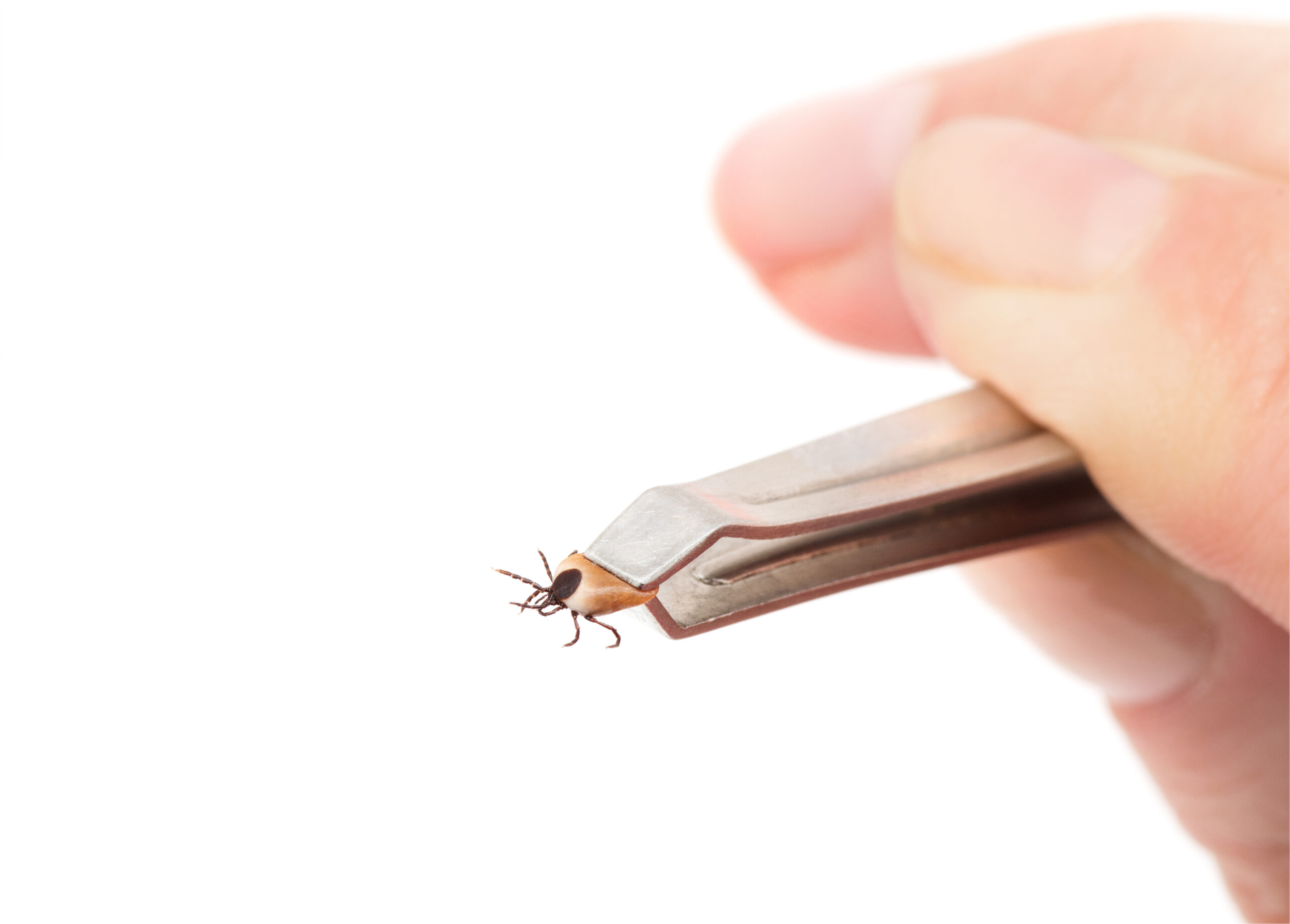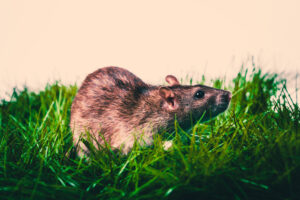Summer is the peak season for tick bites. These tiny arachnids are most often found in places where they can hide but are still able to crawl onto hosts. Be especially careful in shady areas or areas with tall grass, leaf litter, brush, low tree branches, and along forest trails. Ticks can also be found in backyards, especially those that are near woody areas.
Georgia Tick Species
There are three main species of ticks that you will encounter in Georgia.
Lone Star tick
- Females are identified by a single white spot in the middle of the back
- Largest and most common of Georgia’s tick species
American dog tick
- Both males and females have white markings on their backs
- Prefers dogs but will feed on many animals, including humans
- Able to survive indoors for long periods of time
Black-legged tick (deer tick)
- Smallest of Georgia’s tick species
- No white markings
- Commonly feeds on white-tailed deer, dogs, birds, humans, and rodents
Common Tick-Borne Diseases
There are a number of tick-borne diseases that have been identified in this region of the Southeastern United States. These illnesses manifest as a wide variety of symptoms, and range in severity from mild to potentially fatal. The most common tick-borne illnesses found in Georgia are listed below.
- Lyme disease: The most common tick-borne illness in the country, Lyme often begins with flu-like symptoms such as fever, chills, and fatigue. Its hallmark sign is a circular bull’s-eye rash, which is estimated to appear in about 70-80% of infected individuals.
- Rocky Mountain spotted fever: This disease is characterized by a sudden onset of high fever, severe headache, muscle pain, and a characteristic rash that starts on the wrists and ankles before spreading. If not treated promptly with antibiotics, Rocky Mountain spotted fever can lead to serious complications such as kidney failure and neurological issues.
- Southern tick-associated rash illness (STARI):STARI presents similarly to Lyme disease, with symptoms that include fatigue, headache, fever, and a rash very similar in appearance to the bull’s-eye rash associated with Lyme disease. Unlike Lyme, however, STARI is typically less severe and responds well to antibiotic treatment.
- Ehrlichiosis: This illness can lead to fever, headache, fatigue, and muscle aches, often starting 1-2 weeks after a tick bite. Severe cases may cause difficulty breathing, bleeding disorders, and organ failure, so early diagnosis and treatment are critical.
- Anaplasmosis: Symptoms of anaplasmosis, including fever, headache, chills, and muscle aches, usually appear within 1-2 weeks of a bite. Anaplasmosis can lead to severe health issues if not treated, including respiratory failure, organ failure, and, in rare cases, death.
Preventative Measures
It’s important to take steps to protect yourself and your loved ones against tick-borne illness. Some best practices include:
- Wear Protective Clothing: When venturing into areas where ticks are common, wear long sleeves, long pants, and socks.
- Use Tick Repellent: Apply insect repellent that contains at least 20% DEET, picaridin, or IR3535 on exposed skin and clothing. Follow the product instructions carefully.
- Perform Tick Checks: After spending time outdoors, conduct thorough tick checks on yourself, your children, and your pets. Pay special attention to areas such as the scalp, behind the ears, and under the arms.
- Maintain Your Yard: Keep your yard well-maintained by mowing the lawn regularly, removing leaf litter, and creating a barrier of wood chips or gravel between lawns and wooded areas.
Investing in powerful, professional tick control services from Ground Force can also help to make you and your loved ones less vulnerable to tick bites. Reach out today to learn more!



